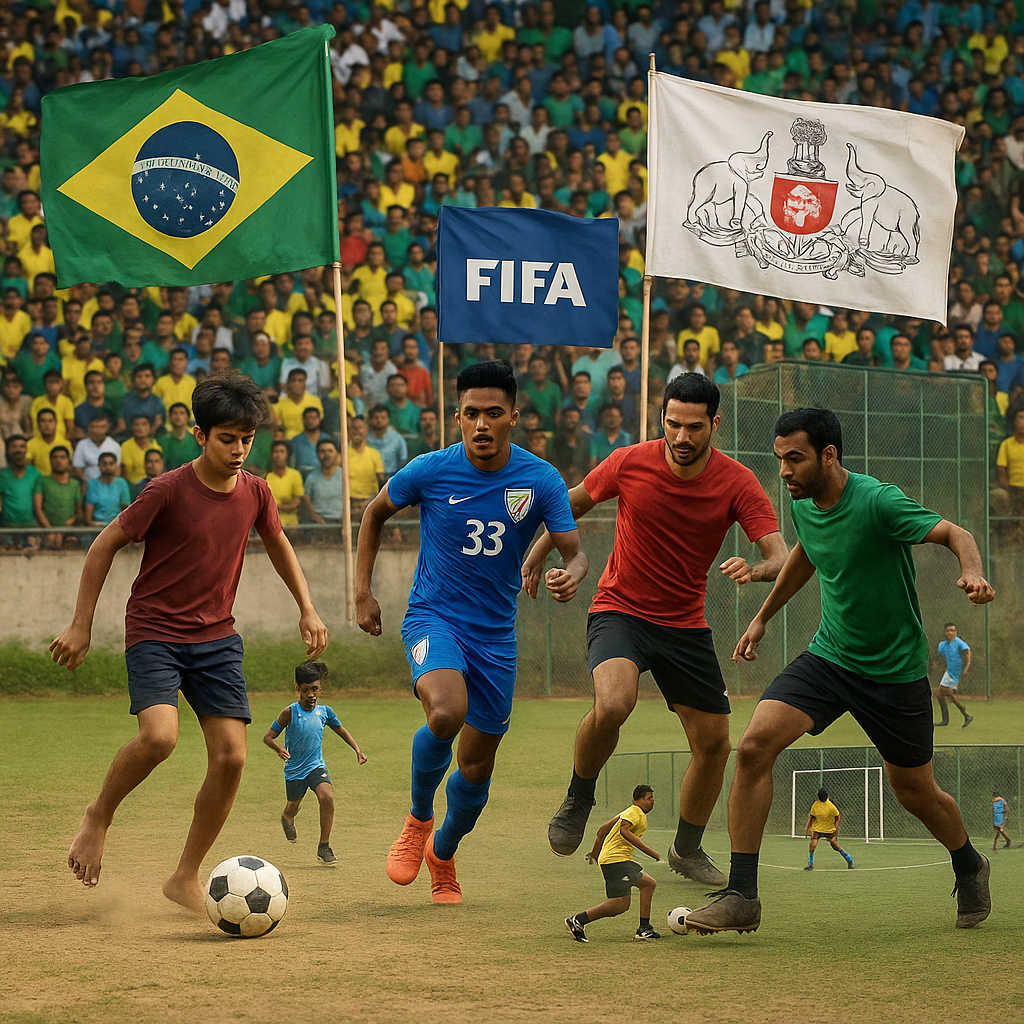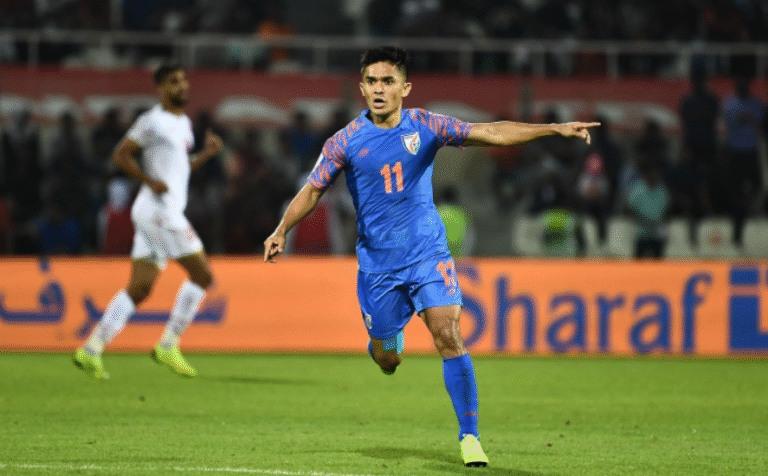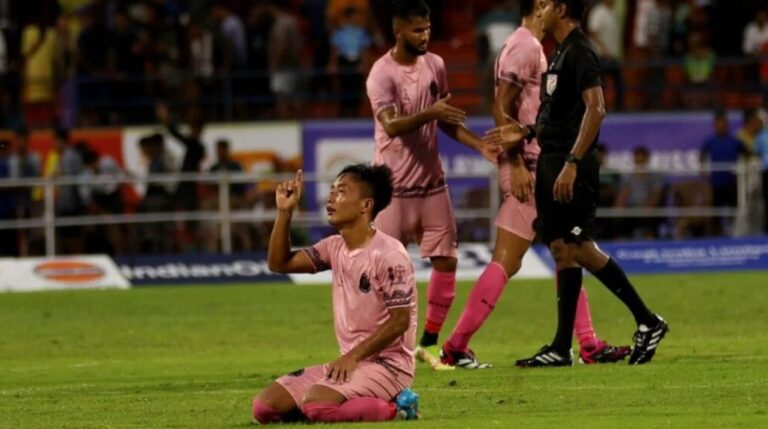
India is undeniably a cricketing nation, with cricket reigning as the most popular sport across the country—except in one unique region: Kerala. Known as “God’s Own Country,” Kerala boasts a distinct sporting culture that sets it apart from the rest of India. Fascinatingly, Kerala’s sporting identity aligns more closely with the South American football powerhouse, Brazil, than with its neighboring states.
Could this be a legacy of Portuguese colonial influence? Perhaps. At the heart of this phenomenon lies Kerala’s deeply rooted footballing culture, visible in every corner of the state. From sprawling fields to compact pitches, young boys can be seen having a kickabout every evening—a quintessential scene of daily life in Kerala. But what keeps football thriving in Kerala despite cricket’s growing dominance across India? The answer lies in the unique ‘Kerala Sevens’ culture.
‘Kerala Sevens’ refers to the vibrant seven-a-side football tournaments held across the state year-round. According to FIFA, over 600 such tournaments take place annually in Kerala, attracting not only local and national talent but also players from overseas. Many athletes, particularly from African countries, are invited and paid to participate, elevating the competition’s quality. This international exposure challenges Kerala’s players and hones their skills on a global stage. Indian football legend I.M. Vijayan famously predicted that Kerala Sevens would produce international stars. A shining example is Rahul KP from Thrissur, Kerala, who has represented India and is now catching the eye of European clubs with his remarkable talent.
Globally, seven-a-side football is recognized as a vital platform for young players to showcase their abilities. Football icons like Neymar and Gerard Piqué have launched their own five-a-side and seven-a-side leagues in their respective countries, earning widespread acclaim. Now, this trend is gaining traction in Tamil Nadu, signaling a broader shift in India’s football landscape.

I-League-winning goalkeeper Vignesh once noted that five-a-side and seven-a-side formats are steadily growing in Tamil Nadu, offering a brilliant stage for young talent to shine. This raises a key question:
How do these formats create the future stars of football? Let’s dive deeper.
Unlike traditional 11-v-11 matches, five-a-side and seven-a-side games are fast-paced, played on smaller pitches, and typically last 30 to 50 minutes. In this limited time, players must give their all, building the physical stamina needed for bigger games. Tactically, the smaller field leaves little room to maneuver, demanding exceptional technical skills just to compete. With opponents constantly pressing, players have minimal time on the ball, testing not only their physical endurance but also their mental sharpness. Quick decision-making, creating space, and outwitting defenders become critical skills honed in these intense formats.
In Tamil Nadu,
This culture of five-a-side and seven-a-side football is flourishing, fueled by the rapid rise of artificial turfs across the state. These venues host their own tournaments, which are met with enthusiastic participation. Beyond competitions, summer camps and daily training programs introduce children to football at a young age. These initiatives do more than build physical fitness—they instill technical proficiency and tactical awareness. Today’s young players exhibit beautiful football, communicating effectively and demonstrating a deep understanding of the game’s systems.
Tamil Nadu is swiftly carving its place in the growing football world. With this momentum, it won’t be long before the state starts producing its own stars, ready to shine on national and international stages
-Leo (BiGG Sports News)




